Introduction
Here’s an exclusive interview with Tim Moore, Vū Technologies CEO and Diamond View Studios’s founder! Vū just published The State of Virtual Production, a highly insightful report about the future of VP and other critical topics such as Generative AI. If you want to know where the industry is heading in the near future, you need to read it.
I also recently had a chance to sit down with Tim and get his thoughts on the report and where the business and technology of image-making are heading. So, grab a cup of coffee and read on.
Tim’s Bio
Tim Moore is a three-time Emmy award-winning director and founder of Diamond View, a creative video agency headquartered in Florida. In 2021, Tim co-founded Vū Technologies, a technology provider for the virtual production industry and North America’s largest Network of Virtual Studios.

Current Industry Trends
Noah Kadner: Why put out this report right now? What’s new in 2024?
Tim Moore: The industry has changed a lot from where we started three years ago. And since Vū was born out of a time when virtual production was just budding, it’s time to set the record straight: this is not just a niche technology at the upper ends of the feature film world. This is something that’s going to be transformative to the whole video industry. We wanted to show how far it’s come and potentially how far it can go.
Key Takeaways from the Report
Noah Kadner: The State of Virtual Production breaks down these issues into actionable insights. What is the ‘too long didn’t read’ version of the report? And what are the key takeaways for someone who reads and absorbs it?
Tim Moore: Media and Entertainment is in free fall. It’s a rollercoaster ride that’s in a downturn right now. Generative AI is shooting off into the moon. However, we should all be weary because all great transformative technologies crash one way or the other. But that’s good; that’s how they reorganize, restructure, and come back better.
Virtual production is becoming more accessible and will be a tool in the toolkit, just like many of the other cinema tools we have. It will help the middle market and, eventually, the bottom of the market to create the same results as the top.
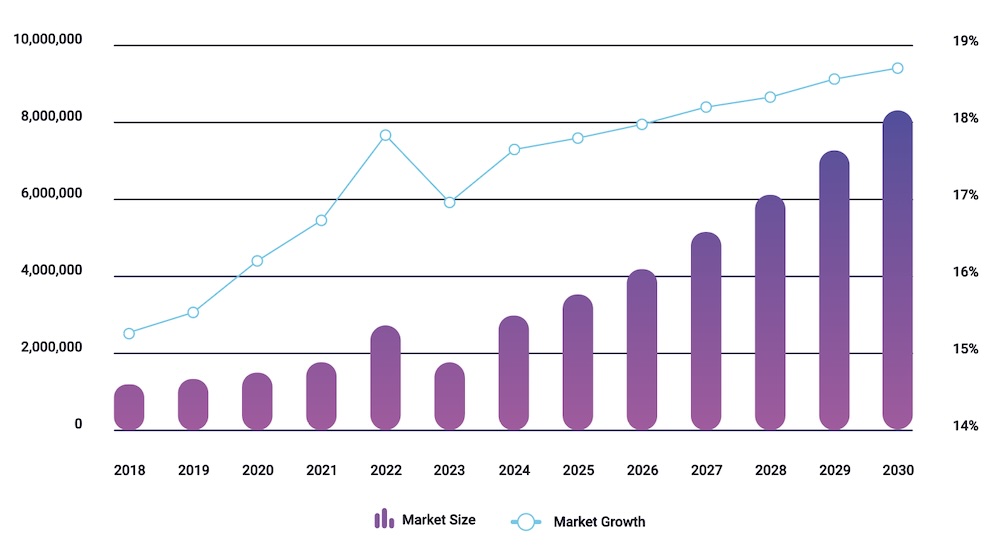
2024 is going to be a big year for virtual production. Every indication is that it will be a technology that continues to be adopted worldwide.
Areas of Growth
Noah Kadner: Vū plays in many different areas, with stages, products, events, etc. Where do you see the most growth potential?
Tim Moore: Higher education—universities, film programs and the corporate enterprise world. Media and Entertainment is set for a rebound. However, that may not fully come back for another 12-18 months.
Last year, we had one of the biggest work stoppages in 60 years. The back-to-back strikes stifled investment coming out of the pandemic when things were just picking up. When you look at the streaming wars and Disney’s cutback on production, many other OTT streamers have taken a similar stance.
We expected media and entertainment to be the leading category in 2024, but something else will be the case. Our research suggests that more mid-market internal studios will continue to adopt this technology.
Evolving Audience Preferences
Noah Kadner: I expected that once the pandemic ended, we would return to a Golden age of summer blockbusters with big audiences, just like before. But now, those days might never return. It’s not just the pandemic; audiences are more diffuse, used to watching at home, and more viewing options exist. What else is changing?
Tim Moore: There’s been more participation in the media industry than we ever expected. Apple, five years ago, you would expect to be something other than the big media player they are today, rivaling Netflix and Hulu. It’s the same with YouTube; which was more of a broad video search engine. Now they’re making their own big title hits.
When every company is a media company, you get a very saturated market, and it’s great that consumers have many options. But the fact that NFL games are now being played on Amazon tells you how much the market has moved. We are in the midst of the streaming wars era now, and it will be interesting to see who wins.
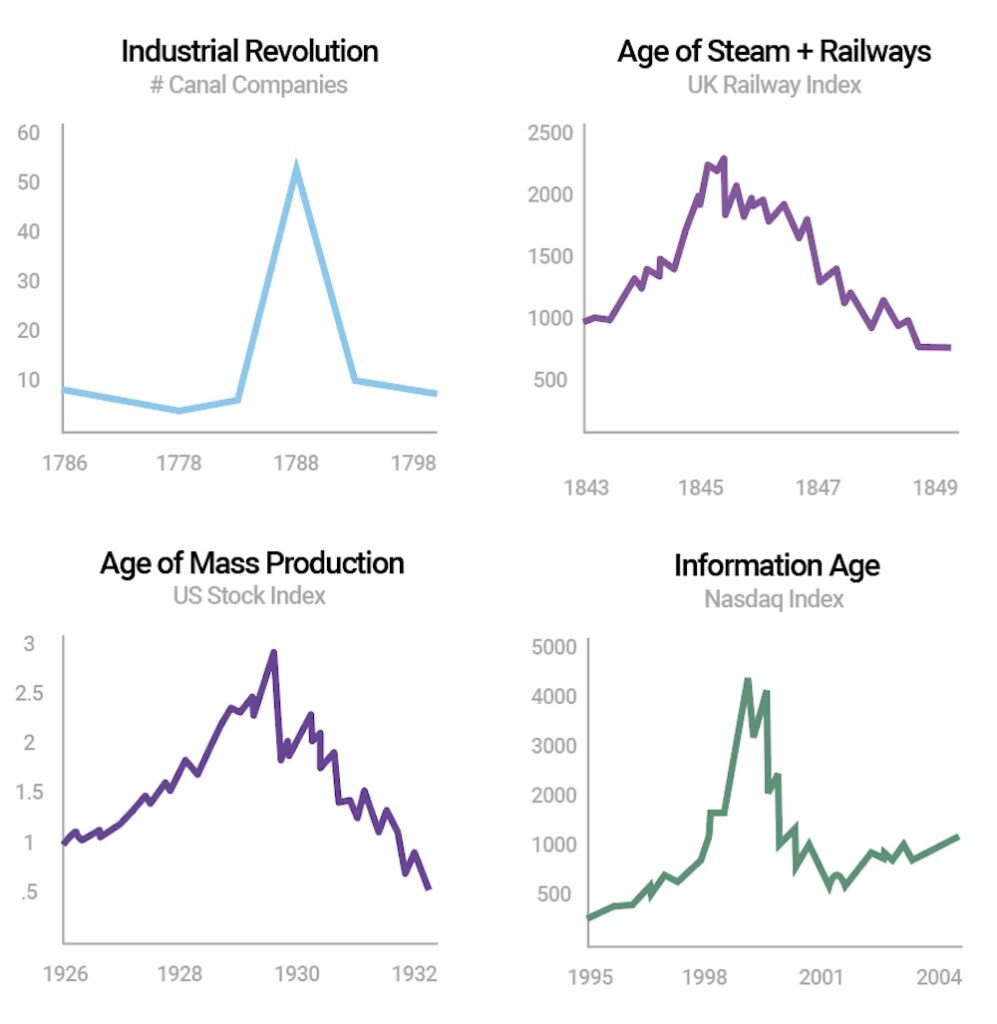
Matthew Ball is credited for his talks about the Metaverse. Still, he’s got some incredible content on the streaming wars scenarios and how much the media market has evolved—from broadcast to streaming and the proliferation of streaming into every sort and style. The market will likely consolidate back down to a few major players but, it’s anybody’s guess as to where media will evolve next.
The Future of Movie Studios
Noah Kadner: Are movie studios doomed? Many have yet to recognize they can’t just rely on big stars and $200 million films to make a billion dollars every summer. Some will have to evolve or disappear, as this model is no longer sustainable. What can they do?
Tim Moore: The game has fundamentally changed today. YouTube creators like Mr. Beast are drawing in Super Bowl-sized audiences every time they drop a piece of content. And that is just a reality we broadcast TV wasn’t prepared for, but it is becoming more and more true every day. The reality is that TikTok videos are getting more viewership than major Blockbuster hits.
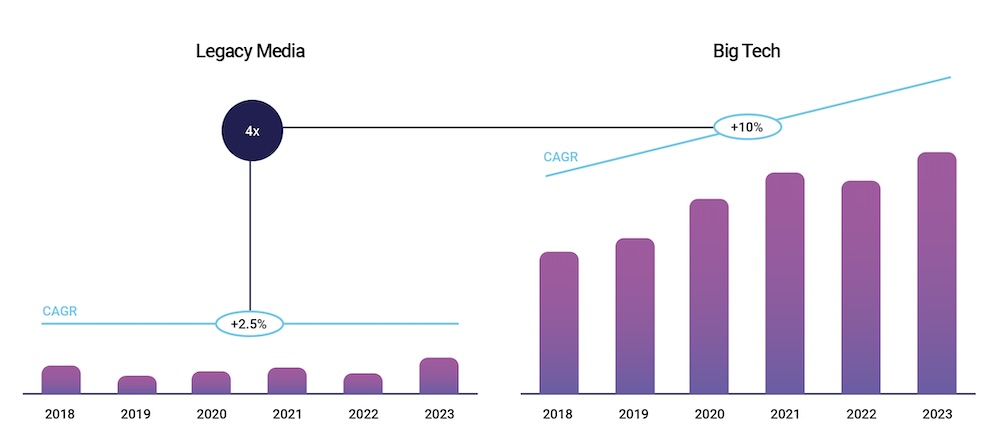
So, when you look at the distribution frequency, it could take you a year to make a masterpiece in the traditional feature film way it gets seen for a moment and then put on the shelf. Or you could have made 365 videos on TikTok in the same timeframe that could have moved the mark, maybe more for a brand, idea, or story to 100x the audience size. The form factor and the way audiences are consuming are changing, and the winners of tomorrow are the ones who can evolve ahead of the market
Theatrical Experience vs. Home Viewing
Noah Kadner: I went to see Furiosa at the Chinese Theater in Hollywood on opening day, and it was only half full. This was supposed to be the big summer release, but it felt like a movie that had been out for weeks. Is this the future?
Are audiences thinking, “Why bother with a two-hour theater experience for content I’m not engaged by when I can scroll through TikTok for free?” Is this where the next generation’s mindset is?
Tim Moore: Media is like a pendulum. Today, there are more vinyl sales than CD sales. And when you look at that, technology has swung back because people want to feel that record spin on top of the turntable again.
There will be a time when we get bored of watching movies out on a pane of glass in our hands. And we’ll want to go back to that very visceral experience of being immersed in it, in the theater. But today, younger audiences opt for shorter forms and smaller screens. I don’t know what it means for the theater’s long-term effects, but for now, social media and streaming are certainly more popular.
Leveraging New Technologies
Noah Kadner: When I was a kid, the theatrical experience was far superior to what you could get at home. Theaters had 35mm film and surround sound, while home TVs were low quality. Now, home setups can match or even surpass theaters. Do new technologies like virtual production and AI level the playing field, allowing individuals to create high-quality content at home? How can multimillion-dollar studios, burdened with debt and infrastructure, leverage these technologies for the next generation?
Tim Moore: It will level the playing field but not necessarily bring the top down. It’s likely to bring the bottom up. You’re going to see people that maybe in the past would have never had a shot at being in a legacy industry, like feature filmmaking, making films from their home that rival the blockbuster films.
I don’t think movies have to live in a theater anymore. That’s just one space they will occupy. Even Barbie and Oppenheimer, undoubtedly theatrical, cinematic movies, had so many eyeballs outside the theater on other platforms in other forms. You wonder if the theater is the tent pole where people get that long-form immersive experience, but they’re still getting the bite-size pieces in a wide distribution over all the other alternative networks.
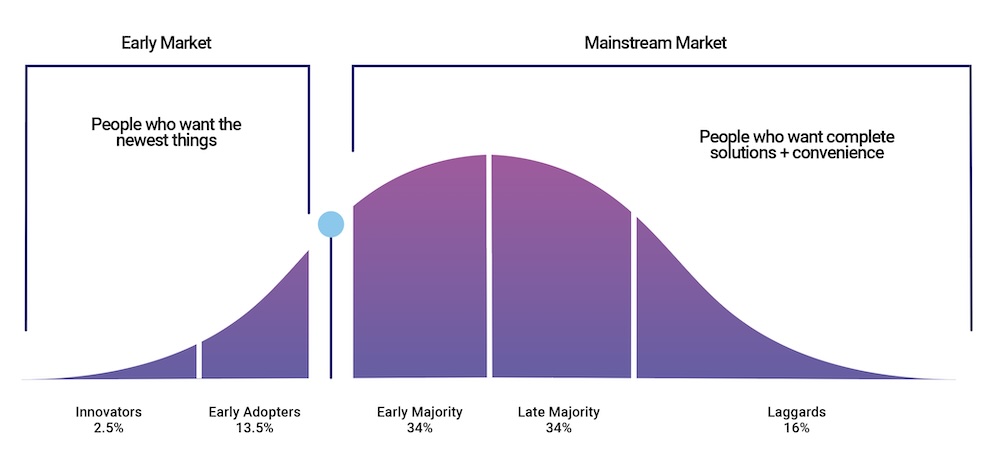
Star Wars is an excellent example of how they broke The Mandalorian into a series and dropped it on streaming. Many great films may never hit the theater now and go directly to streaming instead.
Starting a New Studio
Noah Kadner: Tim, if someone came to you with a couple of million dollars and wanted to start a studio from scratch, not necessarily in Hollywood, and aimed to create content that resonates with people today, what would be one way to do it?
Tim Moore: The idea still trumps everything else. If you can get the right people in the room and develop something unique, the market still rewards great ideas. Technology has gotten cheaper, and virtual production offers a way to get fantastic results much cheaper than traditional visual effects.
But there’s no short path to success in moviemaking. It’s building the audience and an amazingly creative idea. A lot of what I see being successful today is grassroots: taking something good and making it shareable. So, if you’re putting money anywhere, virtual production may be a good fit for that, but above everything, investing in the idea and the opportunity areas for distribution is a critical part of a successful production.

Generative AI and Source Material Concerns
Noah Kadner: What would you say to those who find Generative AI interesting but are concerned about the ownership of source material? Cinematographers worry about compensation for the creators of the source imagery, for example. Is it fair use or theft? With courts undecided, what do you see as the best possible outcome of this unsettled issue?
Tim Moore: It’s an interesting dilemma because the big guys, the open-source foundational models, have crawled the internet and essentially stolen all the work from others to put in their models. Stable Diffusions, OpenAI, etc., are in big court cases with Getty and the New York Times.
However, it has also opened the conversation of ethical and responsible AI. For example, NVIDIA’s Picasso model is based on licensed work from Getty, so it is an ethically sourced model. The same applies to Adobe Firefly, built on licensed Adobe stock.
So, we’re at a juncture where it’s still the Wild West, and people were grabbing whatever they could, training their models and giving it out for pennies on the dollar. But we’ll see the rubber hit the road very soon on which ones can be used, especially in commercial use cases, after the courts decide the new rules. I think that only ethically sourced ones are probably the best ones to bet on for now.
We’re also at a tipping point in visual graphics right now. Generative AI is so good most people can’t tell what’s been computer-generated and what’s an actual photograph. This brings up a whole additional topic of deep-fakes, spoofing and copyright issues that we’ll have to sort out sooner rather than later.
AI and the Creative Process
Noah Kadner: Filmmaking used to involve pitching ideas with verbal descriptions, storyboards, or animatics, leaving much to the imagination due to limited resources. With generative AI, you can create final-looking images that match your vision. Does this shift filmmaking from selling ideas to simply executing them?
Tim Moore: 100%. The best way to get someone bought in on a film is to create a rip-o-matic, essentially a video form of the idea. In a similar way, big TV shows will make pilots so you can get a taste of what it will be like before the network invests.
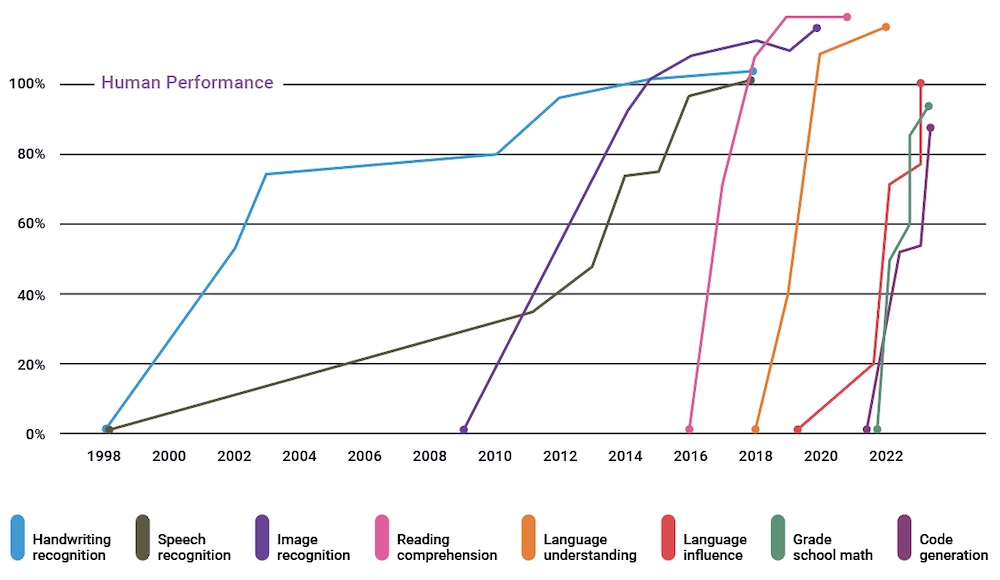
And with AI, you can now skip the storyboard phase. You put it into Runway, bring these visuals to life, and show the idea in a visual definition that looks and feels like the real thing. Now, it’s not a question of, hey, can you see what I’m thinking of? We’re literally going straight from idea to video form now with generative AI, which is an incredible concept! We’re literally only a few months away from it being good enough to be the finished, usable piece.
Peripheral Businesses and AI
Noah Kadner: Besides the concerns we’ve discussed, a significant worry in Hollywood is what happens to peripheral businesses, like those renting production trailers, if films stop shooting on location. What do they do? Beyond job losses, where should someone interested in the movie industry train today to ensure relevance in the next 5-10 years?
Tim Moore: I wonder if we need to re-ask the question, “What is training?” in an age where AI has learned everything for us. It used to be that you would learn ‘just in case,’ but now you learn ‘just in time.’
When AI is so good at creating, will I need the technical skills to understand the nuances of creating, or do I just need to explain to the AI better? A skill that is highly undertrained right now is prompt engineering.
If you’re getting good at prompting, you’re probably self-educated. But I think that trait is going to be in increasing demand. So, if you ask yourself, where do you go to train? I would focus on how you speak better to computers because they’ll take over many of our tasks in the coming years.
The Next Steps for AI
Noah Kadner: Can you think of successful use cases where generative AI has been deployed effectively without being distractingly obvious? Many tools produce impressive demos, but what about making a movie with them?
Similar to virtual production, where some filmmakers find limitations in modeling and lighting, AI tools can look impressive but fall apart in a production pipeline. What are some exciting success stories where real projects were created using these tools?
Tim Moore: We’re still learning about this, so we’re at the novelty stage where people have AI do funny things just because they can, not necessarily because it suits the story. When we used to pitch ideas to agencies or brands, we always had the back-of-the-deck pitch: we’d say Here are three ideas you asked for. And here’s one crazy one, just in case you like it. Now, these crazy ideas are in the front of the deck because AI allows you to do anything for practically the same cost.
I saw an outstanding Adobe commercial with this Jaguar in a library. They just made it in Photoshop, and it just popped up there. It looked photorealistic. And I started to think about that same concept in sports. If you’re shooting for the Jaguars and you tell the client, ‘Hey, we’re going to have an actual Jaguar prancing around and growling on set,‘ that’s probably going to be a hard ‘no.’
But if it’s completely safe and costs nearly nothing, I could see a day where we say, let’s just throw that up on the screen with AI real quick and take a look. The scary thing about AI is you get someone creative playing with it, and they ask those two words, “Why not?” You’re going to get some really interesting results. When we get to that next stage with AI, it’s a tool we use all the time. We’ll have no excuse for not making this more and more creative because it never runs out of creative ideas. There will be a time in the future when we’ll say how did we ever live without AI?
Conclusion
I hope you’ve enjoyed this interview with the always-awesome Tim Moore:. Lots of food for thought, to be sure! And don’t forget to check out Tim’s market report for even more information: https://www.vu.network/state-of-virtual-production








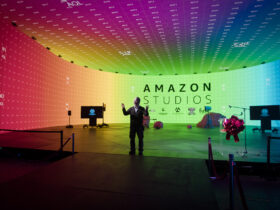




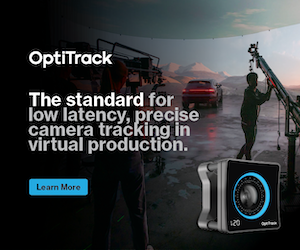


Leave a Reply